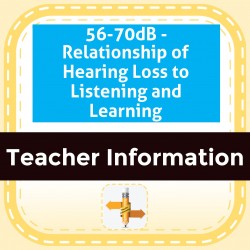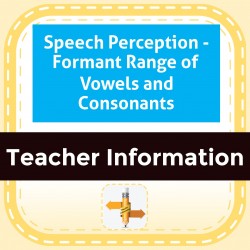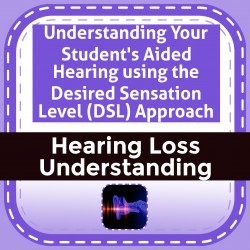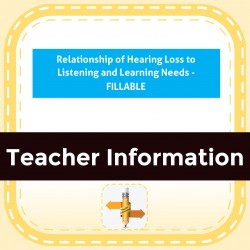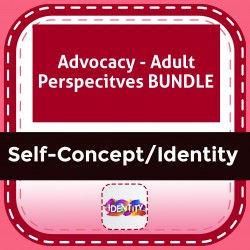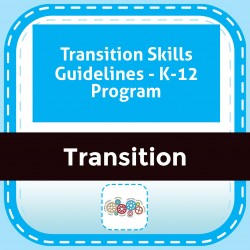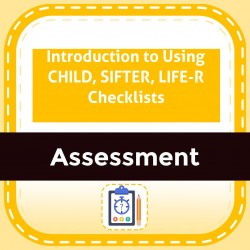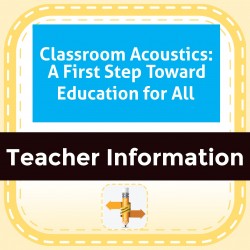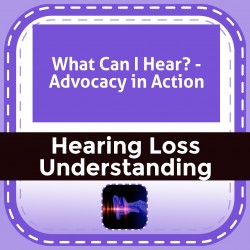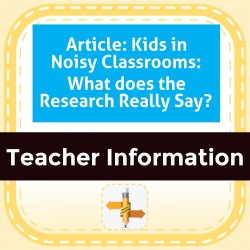Ability Levels
Categories
Resource Types
Age/Grade Range
CCSS
Anchor Standard
Speaking & Listening
Language
Reading
56-70dB - Relationship of Hearing Loss to Listening and Learning
$ 0
Handout with information on possible impact on understanding language, speECH-, social, and need for educational accommodations and services. For 56-70dB or moderate-severe hearing loss.
Speech Perception - Formant Range of Vowels and Consonants
$ 0
Charts showing the speECH- frequencies of each of the vowels and consonants as they fit into the 1st - 4th formants.
Understanding Your Student's Aided Hearing using the Desired Sensation Level (DSL) Approach
$ 0
Describes the value and interpretation of using the Desired Sensation Level approach to determine how well a student is able to perceive speECH- using hearing aids.
Relationship of Hearing Loss to Listening and Learning Needs - FILLABLE
$ 595
This set of FILLABLE handouts with information on possible impact on understanding language, speech, social, and need for educational accommodations and services for DHH professionals who want to fill
...
in student information, comments, and recommendations and send one of the hearing loss handouts by email to educators, families, or clinical providers. The bundle includes individual fillable handouts ready to fill and send!
Advocacy - Adult Perspectives BUNDLE
$ 6
This bundle exposes older student to how self-advocacy differ from school to adult life. Topics range from advocating in the classroom, accepting one's hearing loss, working with infelxible teachers,
...
to understanding of accomodations. These articles encourage discussion, problem-solving, and critical thinking with advanced learners. Collected IDs in the Bundle: S0XADV0721, S0XADV0722, S0XADV0723, S0XADV0724, S0XADV0725, S0XADV0726, S0XADV0727, S0XADV0728.
Transition Skills Guidelines - K-2,3-5,6-8,9-12 Program
$ 0
This extensive chart specifies 5 standards for transition skills and topics identified for each skill to meet the standard with goals identified for kindergarten, grades 1-3, 4-5, 6-8, 9, 10, 11, and
...
12. Excellent resource for planning and IEP goal writing. From Laurent Clerc Center, Gallaudet University.
Introduction to Using CHILD, SIFTER, LIFE-R Checklists
$ 0
Descriptions by DHH specialists of commonly used checklists that have been a staple in providing support to students with hearing loss.
Classroom Acoustics: A First Step Toward Education for All
$ 0
Handout from a slideshow presentation describing the impact of inappropriate classroom acoustics on student speECH- perception and learning. Includes graphs/charts but not slides. 2008.
What Can I Hear? - Advocacy in Action
$ 1
Worksheet for students to describe their hearing loss and then list a) Sounds I can hear, and b) Sounds I have trouble hearing.
Article: Kids in Noisy Classrooms: What does the Research Really Say?
$ 0
The article reviews the body of research applicable to the effects of adverse acoustic environments on children's learning. 2001.
 Your browser is out of date. For best experience switch to latest updated Browser.
Your browser is out of date. For best experience switch to latest updated Browser.
 Get Chrome
Get Chrome Get Edge
Get Edge Get Firefox
Get Firefox